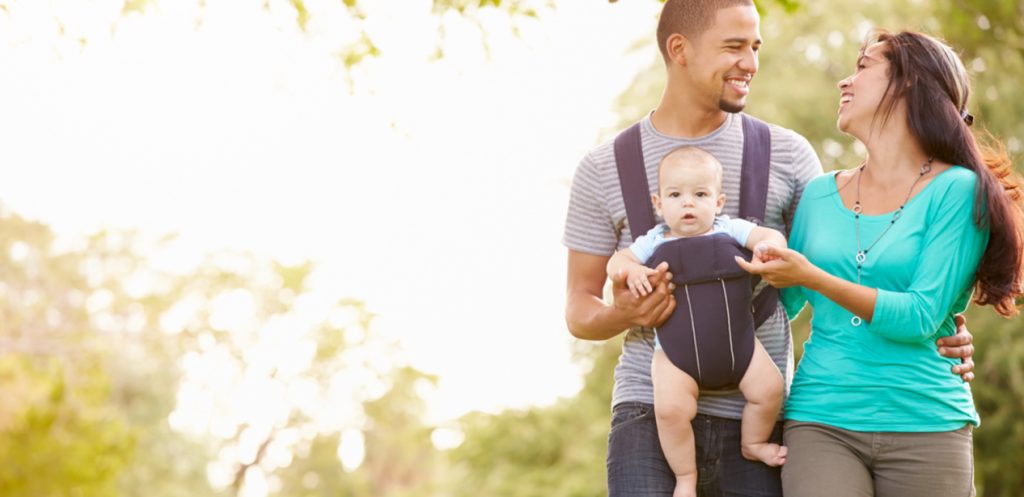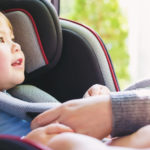Buyer’s Guide
Everything you need to know about baby carriers, wraps and slings, including advice from the International Hip Dysplasia Institute.
Baby slings, carriers and wraps have been used worldwide for centuries, and in our modern world ‘babywearing’ isn’t going anywhere. There are plenty of reasons to consider ‘wearing’ your baby; research has shown that it promotes contentment and bonding, and on a practical level, it leaves your hands free to get things done while still giving baby comfort and keeping them close.
There are a vast amount of baby carriers, slings and wraps on the market, and there are a number of things to keep in mind when deciding between them. Each carrier or sling has a weight range, positioning limitations and varies greatly in comfort. The choice will depend on what you plan to use it for, how often you will use it, for how long and who will be using it.
But before we dive in, it’s worth noting that experts recommend carriers shouldn’t be used until your baby is 3.6kg or heavier.
Read more: Best New Born Bed 2018
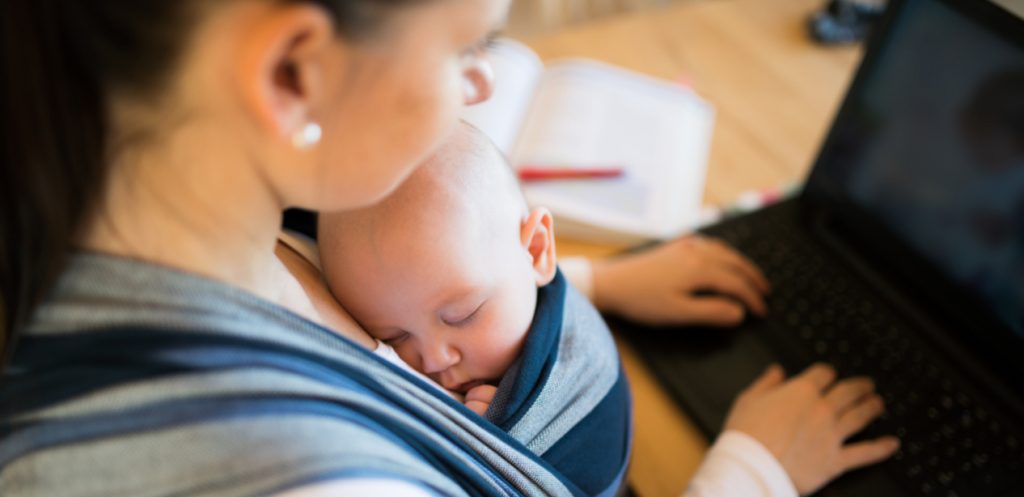
Sling, wrap or carrier: what’s the difference?
A sling is a wide piece of woven or knitted fabric that is worn across the body and over one shoulder. Usually, slings aren’t padded and are adjusted by pulling the material through a ring, sometimes two. Slings are the best option if you are hoping to breastfeed whilst carrying your baby. But it’s worth noting that the weight of your child is focused on one shoulder which can cause strain – definitely not ideal if you have a history of shoulder, neck or back ache. However, they are a good option for newborns (who are obviously lighter anyway) as they keep your baby close and reassured.
A wrap is a long, wide piece of fabric that is wrapped around the body to create a secure and comfortable pocket for your baby. Wraps are more versatile than slings and changing how the wrap is draped will create different carrying positions. Wraps can be used to carry your baby on your back (although this can be tricky to achieve by yourself), your front or on your hip. Learning how to use a wrap will take longer than a sling, but once you’ve done it a few times it becomes second nature. Wraps distribute the weight evenly between both shoulders and are not padded. They are an excellent option for newborns and older children alike and it is also possible to breastfeed whilst wearing one. Wraps are usually made from a knitted, stretchy fabric which can over stretch whilst wearing a heavier child.
Baby carriers are the most versatile way of carrying your baby. Baby carriers come with many different features and it’s worth doing your research. Carriers have two over the shoulder straps, usually fasten using buckles or clips, provide plenty of support and can be worn either on the front, back or side – some impressive carriers can manage all three. For newborns, a separate newborn insert can almost always be purchased.
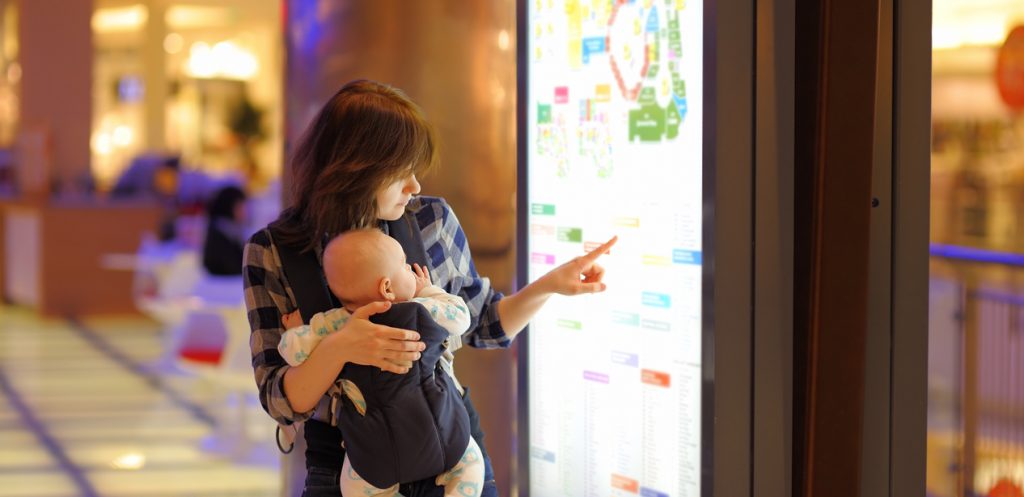
Babywearing may not be for you if…
- You have back problems
- If your baby has hip, head or spine concerns
How much are you willing to spend?
Baby carriers range from around £15 to £140. How much you are willing to spend really depends on how much you are going to use it and what you are going to use it for. It may be for the intention of replacing your buggy, for days out, for holidays or for everyday home use, and this is a really important factor to consider before making your purchase.
If you are only going to use it for the first few months of your child’s life then a wrap or sling will be sufficient, but if you are planning on using it for a number of years, it is really something worth investing in. The higher priced carriers (such as LittleLife – Voyager S3 Child Carrier) are a nifty piece of kit and are easy to adapt between users following a few tweaks to the straps.
How to choose the right carrier for you?
It is a good idea to check the weight recommendations before buying. Slings are typically more snug and comfortable for younger and smaller babies, whilst carriers with a back carrying option can accommodate more weight.

Carriers are generally easy to adapt if both parents will be using it (or if you have more than one child). But as when buying a buggy, we recommend you try out a few before you buy. This can be tricky if you’re heavily pregnant, so make sure you check reviews or find your local sling library where you can rent a carrier, sling or wrap to test it out first.
Safety is the most important factor, but comfort can mean the difference between your carrier becoming your new best friend, or your forgotten flavour of the month. Padding, thickness of straps, positioning of buckles and clips are very personal preferences for the parent, whereas headroom, leg openings, position and the presence of a sunshade will be important to your baby.
Although they strive for the same purpose, they are all very different, and some factors come down to personal preference.
Should you freak out when your child misses a development milestone?
Correct positioning and safety
Over the last few years, a lot of research has taken place to determine the correct positioning for a baby being carried in a sling, wrap or carrier. The most important considerations are the position of the legs, the spine and the head, especially if your baby is a newborn. The carrier must allow babies to assume a ‘frog leg’ sitting position, and the spine to have a natural curve. These are paramount to avoid hip dysplasia.

Your baby’s head should be close enough to kiss, and your baby’s face should always be visible. Slings and carriers should be worn tight so that your baby is held close, and so that your baby cannot slump down into the carrier, as this can cause breathing restrictions.
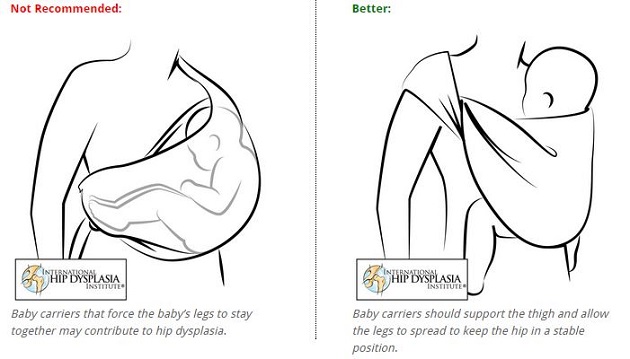
It is always advisable to check the latest safety research and positioning recommendations before purchasing. Always read all of the safety information provided with your purchased carrier. You can find out what’s safe for your child at the International Hip Dysplacia website.
Are forward-facing baby carriers safe?
Many popular slings and carriers still allow for a forward-facing position, and we’ve reviewed and featured several with this feature. However, the forward-facing position forces a baby’s spine to lay flat and their legs to dangle. It also means that their weight is not correctly distributed, and can cause babies to tire quickly through overstimulation. Most experts advise against using carriers in a forward-facing position, so while you can still buy carriers with this function, it’s best to only use positions where your baby is facing inwards (whether they’re on your front, back, or side).


